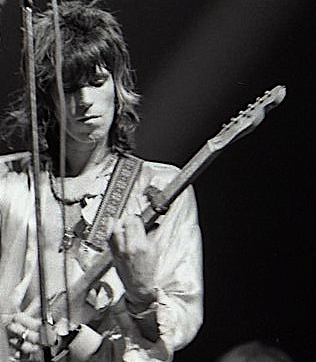 The epics and sacred texts of India are filled with dreams.
The epics and sacred texts of India are filled with dreams.
They involve scary things – being robbed, being attacked by a wolf, being raped
– that can spill over into waking reality. The verses include formulas of
protection, to turn away the evil seen in a dream.
If someone I have
met, o king, or a friend has spoken danger to me in a dream to frighten me, or
if a thief should waylay us, or a wolf – protect us from that, Varuna. [Rig Veda]
The Upanishads describe four
states of awareness: waking, dreaming, dreamless sleep – all natural and
available to all – and a transcendent fourth state of identity with the divine,
which requires illumination. It is now made clear that through dreaming, we can come into contact and alignment with the god who creates
us by dreaming us into existence.
The Brhadranyaka Upanishad, or “Great Forest Book”, is one
of the oldest Upanishads, dating from the 7th century BCE. Here dream state
is described as a state of “emitting” [srj], a word
that can also mean the ejaculation of semen. The dreamer “emits” or projects
from himself “joys, happinesses and delights…ponds, lotus pools and flowing
streams, for he is the Maker.” We learn here that as we grow the practice of dreaming, we can create realities.
In a beautiful passage in the same Upanishad, the dreamer travels between worlds as “the lonely swan”, flying in and out of the nest of
the body.
The dreamer is godlike in his ability to create in
the dreamspace: “In the state of dream going up and down, the god makes many forms
for himself, now enjoying himself in the company of women or laughing or even
beholding fearful sights.”
A Sanskrit name for dream
travelers, kamacarin, means “those
who can transfer themselves at will”. The literature and sacred writings of India are a
treasury of tales of dream travel, clearly grounded on experience.
The Yogavasistha, a vast Kashmiri compilation,
is one of the richest troves. In these
narratives, dream travelers find that time is elastic. You may live a hundred
years in a dreamworld and return to find that only a day has passed in ordinary
time.What is
experienced in the dreamworlds is real, and has real consequences in the
traveler’s ordinary reality. Spiritual apprenticeship and initiation can take place in this
way.
In another Hindu story, Markandeya is a human
being who is curious about what is real. He tries so hard to see beyond the
obvious that one day, without meaning to, he falls out of the mouth of Vishnu,
the dreaming god. He now discovers that he has spent his whole lufe inside the
body of the god. Now he’s out there, he has a cosmic vision of the structure of
the universe; he sees that everything he knew is contained within the body of
the dreaming god. But this vision is too much for him; it inspires him with a
trembling awe that easily shifts to terror. It’s too much for him, even though
he is an evolved soul, an adept. So he climbs back through the mouth of Vishnu,
back into the world he contains, and as he resumes his life there he starts to
forget what he saw beyond it.
Ayurvedic
physicians maintain that we are deluded if we believe that we are fully awake
and conscious in our everyday lives. At all times, we are actually in a state
of dreaming. Enlightenment and healing become possible when we awaken to the
reality that we are continually dreaming.

